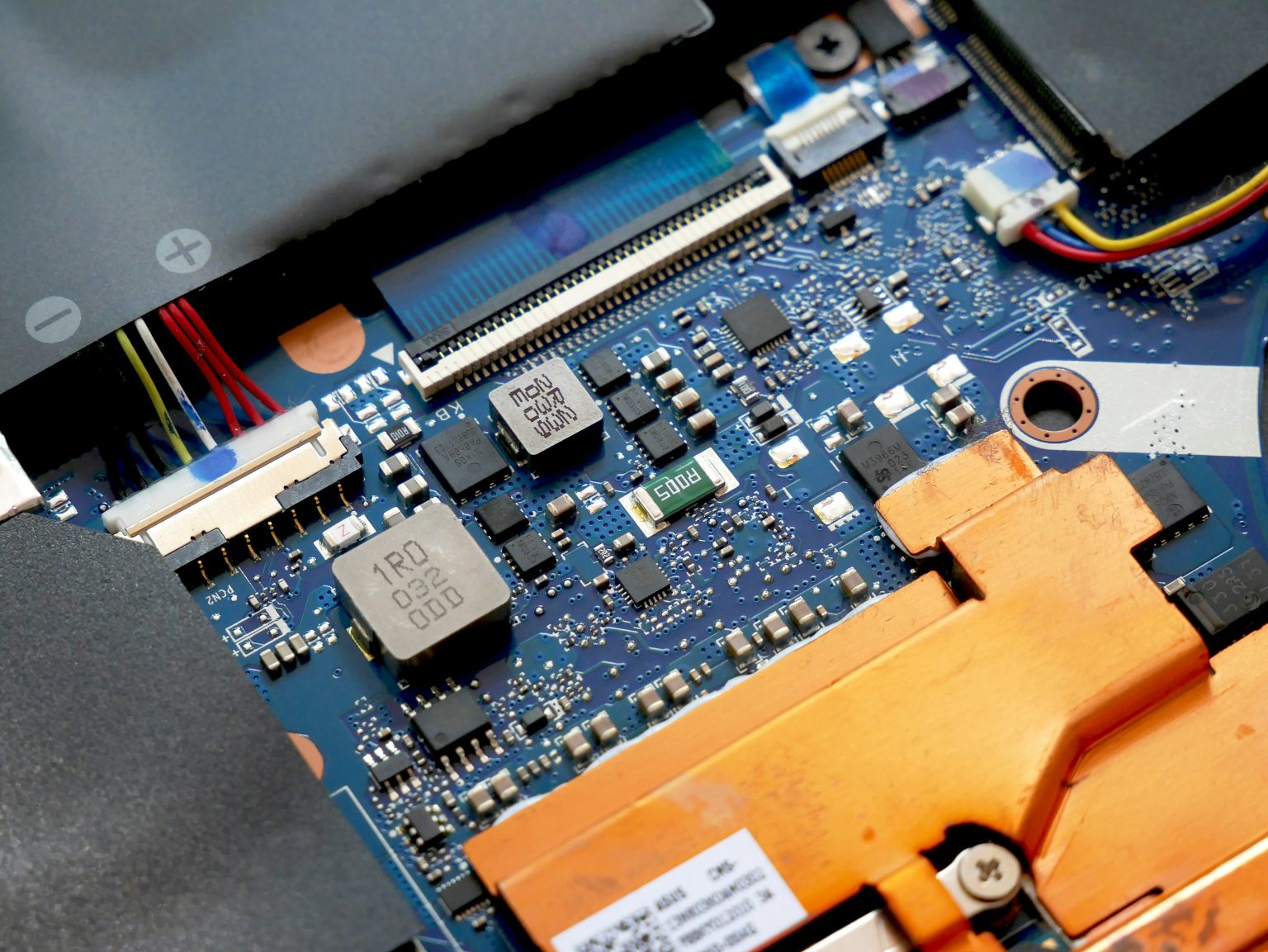US Takes Bold Steps to Bridge Semiconductor Talent Gap Amid Global Shortage
 Gaurav Mishra
Gaurav Mishra
Welcome to your daily dose of AI news! If your vacuum cleaner starts giving you life advice, just remember: it's probably cleaning up your mess—both literally and figuratively.
The semiconductor industry, the unsung hero behind our smartphones, cars, and countless other gadgets, is in a bit of a pickle. Picture this: a factory buzzing with robots and intricate machinery, but missing the skilled hands and sharp minds needed to keep it all running smoothly. According to Deloitte, the industry needs over a million more skilled workers by 2030. This isn’t just an American problem—it’s a global one, threatening to slow down innovation and growth worldwide.

The pandemic has turbocharged demand for semiconductors, making the shortage even more critical. Back in 2021, the industry had over two million employees globally, but to keep pace, it needs to hire an additional 100,000 workers every year. Here's the rub: the US graduates fewer than 100,000 students annually in relevant fields. Other tech-heavy countries like Taiwan, South Korea, China, Japan, and those in Europe are also scrambling to find enough qualified workers. Taiwan alone had a shortfall of over 30,000 semiconductor workers in 2021, and South Korea is on track to face a similar crunch. China’s situation is even more dramatic, needing over 300,000 more workers.
Why this shortage? Several reasons. For years, production moved offshore, eroding local expertise. Plus, there’s a lack of awareness about semiconductor careers among young people, and the competition for talent is fierce. The US, for example, only produces about 12% of the world’s chips now, with the bulk of advanced manufacturing expertise sitting in Asia.
Enter the CHIPS and Science Act of 2022, the US’s bold move to tackle the labor shortage and boost its semiconductor industry. This act is like a superhero swooping in to save the day, with $5 billion earmarked for workforce development through the National Semiconductor Technology Center (NSTC). The NSTC plans to fund up to 10 projects with budgets of $500,000 to $2 million each. But even with these efforts, the industry is bracing for long-term challenges. Issues like limited career advancement, workplace inflexibility, and fierce global competition continue to drive workers away. Major players like Taiwan’s TSMC are even luring talent from the US, India, Canada, Japan, and Europe.
So, while the CHIPS Act is a significant step forward, the semiconductor industry needs a multi-faceted approach to truly solve its labor shortage problems. It’s a complex puzzle that requires more than just funding—it needs innovation in education, workplace practices, and global cooperation. As the world leans ever more heavily on technology, the race is on to ensure we have the people needed to power our digital future.
And remember, if your toaster starts giving you stock tips, it might be time to unplug for a bit. Stay tuned for more AI antics tomorrow!
Subscribe to my newsletter
Read articles from Gaurav Mishra directly inside your inbox. Subscribe to the newsletter, and don't miss out.
Written by
